Photographer Profile - Brian Finke: "I really believe there is nothing better than reality"
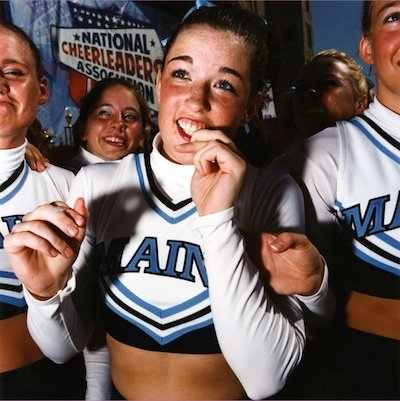
|
|
|
“Good meat,” he says. “Get a good butcher and meat with plenty of fat.”
Finke is from Texas — he grew up in a suburb of Houston — so to some degree barbecue is part of his cultural heritage. But he says it wasn’t until he left his home state to study photography at the School of Visual Arts in New York that he appreciated wood-fired cuisine in a serious way. It was in 2009, when he moved to a place in Brooklyn with a backyard and bought his own barrel smoker, that he went right down the barbecue rabbit hole.
By that time he was an in-demand editorial photographer with a couple of books to his credit. As his cooking skills developed, he began posting pictures of his barbecue on Instagram, where National Geographic Director of Photography Sarah Leen saw them. In 2014 she sent him back to Texas to shoot his first story for the magazine, about meat.
“I spent three months there, and it was incredible,” Finke says. “I got to spend a lot of time up in the panhandle on 100-year-old ranches, and then I followed the meat to butcher shops in Amarillo and fancy restaurants and fast-food places, and my favorite barbecue places in Austin.”
Finke says that what he likes most about his job is the process of immersion it requires. “I love getting a call and going and shooting something and having an amazing experience — or not — but giving it a shot and then going onto the next thing. Photography is amazing in the way it lets you be out in the world,” he says. In Texas he turned his encounters with cowboys and cooks into an insider’s view of a distinctive American culture.
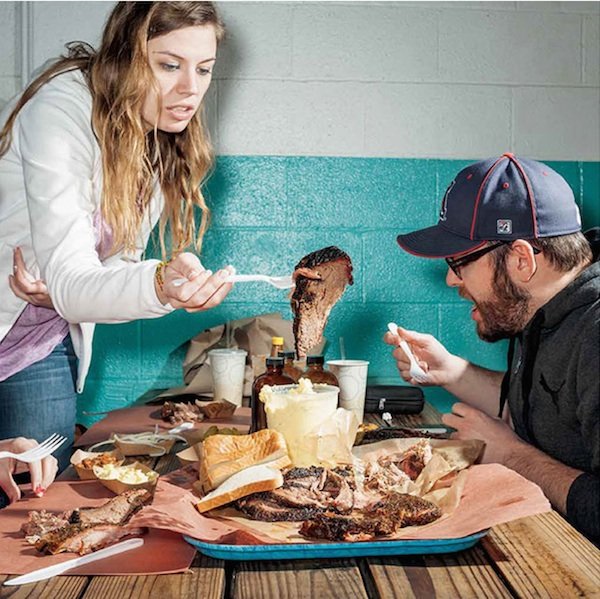
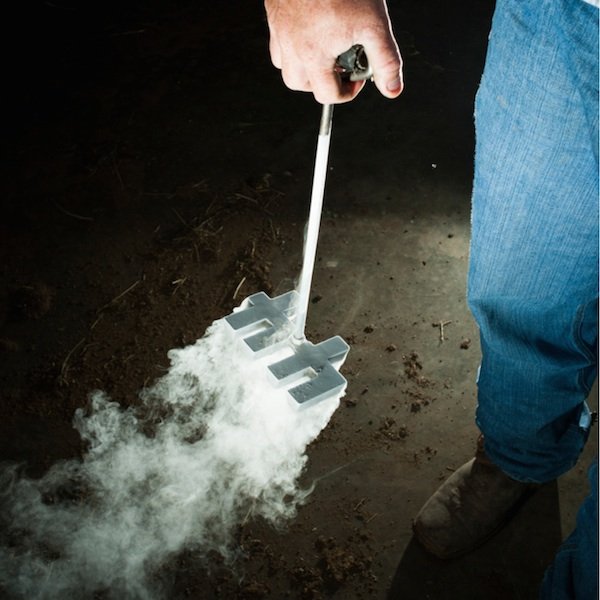
He’s done the same on dozens of other magazine assignments and
personal projects, diving into subjects ranging from pot barons and hip hop honeys to body builders and sex vacationers, viewing them all with avid interest, the outlandish as worthy of his attention
as the familiar, and maybe more so. Generally speaking, Finke enjoys exploring subjects that are like his favorite two-inch-thick bone-in rib-eye: juicy.
“It’s very much about where I came from and my original motivation for getting into photography,” Finke says. “I love that way of storytelling and that process. I really believe that there is nothing better than reality. People are incredible. I personally could never make up something as well as I could go and find it in the real world.”
An American Thing
The books that Finke has produced reflect not only the range of his interests, but also how he comes to stories. After watching the cheerleading film Bring It On, he spent two years working on a series that became 2-4-6-8: American Cheerleaders and Football Players, published in 2003. Frequent air travel for various assignments prompted the 2006 book Flight Attendants. After hooking up with an army veteran friend from Texas who had become a US marshal, Finke spent three years documenting the service, resulting in his 2014 book US Marshals.
“I’m straightforward with titles — they pretty much explain what my books are about,” he says.
The same could be said about the title of his new book, just out: It’s called Finke.
“It’s a compilation of my most extreme stuff from the different projects,” he says. “This is the first time I’ve shown my pictures out of context, rather than as part of series on a specific subject. So it’s a different kind of narrative.”
The narrative being Finke himself: The book, from London-based independent press and creative agency Pocko, pairs various images to reveal a particular and consistent viewpoint.
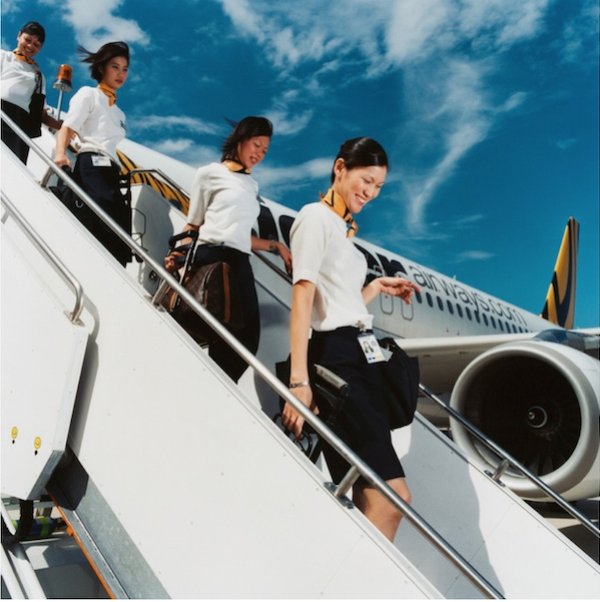

“Brian looks at people with his camera and it is a mutual connection that he has with that person or persons and that moment,” says Pocko art director Olga Norman. “Sometimes he captures the humor, sometimes the joy, sometimes violence, sometimes the sexual, but with all subjects he captures everything with great respect. I never find that he is judgmental, but rather that he pulls out the essence of these people, these moments. People seem to let him in. It is an act of mutual vulnerability to see and to be seen.”
“It’s basically stuff I like to shoot,” Finke says of the images in the book. “I’ve worked with other agents in the past, and so much of the time it felt like people wanted to edit the work — put out something that felt very safe, like something they thought clients might want. But these people want to put out stuff that I’d be shooting for myself.”
What makes a particular subject interesting to Finke is hard to say. “Broadly, it’s an American thing. It’s just attractions,” he says. “With the cheerleaders, for instance, I had seen the movie and both of my sisters had been cheerleaders and had been in competitions in Texas, and I was like, ‘I’ve got to go and shoot that.’”
Flash as Metaphor
Other subjects — like renegade tech entrepreneur John McAfee (below) and the Hedonism resort in Jamaica — come to him via magazine assignments. “The Hedonism story was for Boston magazine last December,” he says. “I was like, ‘Yeah, a sex club in Jamaica, I’m down for doing that.’ But when I was done I didn’t feel the need to go any further with it as a personal project.”
There isn’t so much a common denominator linking his stories together as there is a chain of events: Something about one story suggests another, or it could be a chance meeting with someone. Right now he’s working a personal project about backyard street fighting in Virginia.
“It’s pretty intense,” Finke says. “There’s a guy named Scarface who organizes these Saturday night fights as a way to stop gun violence — he wants people to resolve their disputes with their fists instead.” Finke began researching the subject after meeting a woman who used to accompany her father to biker rallies where there were dirt-floor boxing rings.
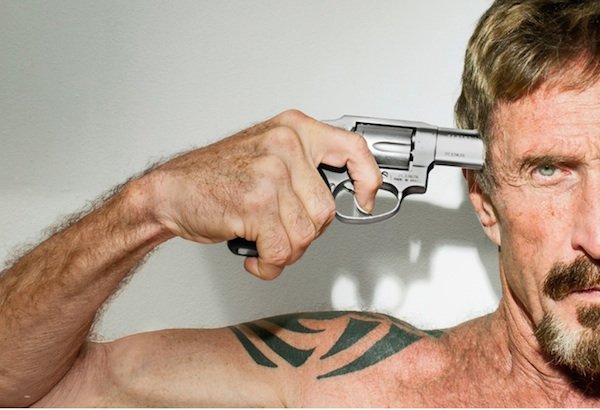
“She showed me some videos — it wasn’t like
professional boxing, it was messy with bodies falling over each other. At the time, I’d just broken up with my girlfriend, and I was kind of pissed off and partying too much, and this whole
violent thing just made total sense to me and I wanted to go look into it,” says Finke.
The truest link between his stories is his visual sense. Finke started out emulating photographers he admired — grainy, black-and-white documentary work by people like Eugene Richards — but later developed a voice of his own, using color, tight compositions and flash to create images that are voyeuristic, voluptuous and fiercely honest. For 15 years he shot on film with a Hasselblad, though more recently he’s switched from medium format to a Nikon DSLR. “With the TTL and autofocus, the Nikon makes it so easy to be fast and reactive, which makes sense for me because I like capturing all the subtle moments,” he says.
Pocko’s Olga Norman calls Finke’s flash a metaphor for his work. “It illuminates the moment — pops of colorful life, instances captured,” she says. “Pop, the sexy booty blonde fixing her hair; pop, an overweight man devouring his lunch; pop, a cowboy smoking a cigarette in a puff of smoke; pop, a bodybuilder's face.”


